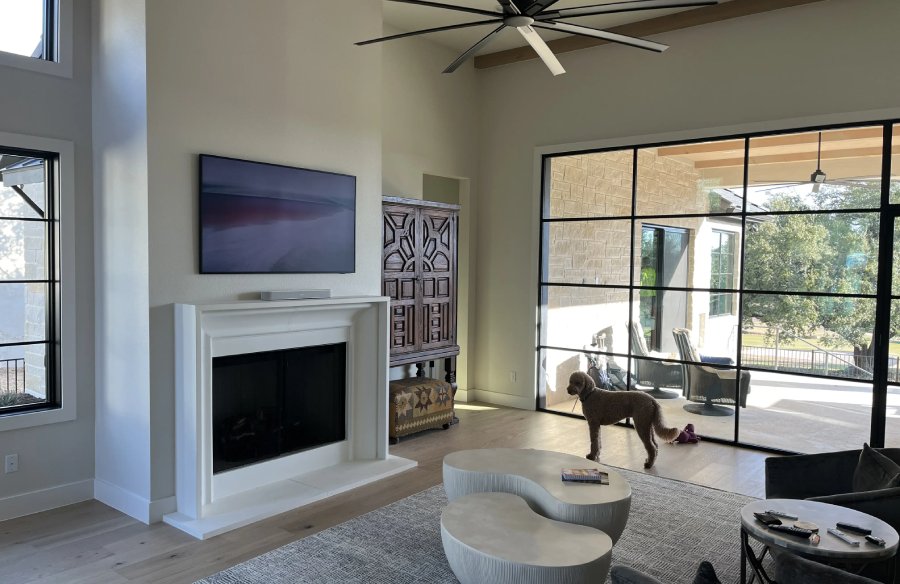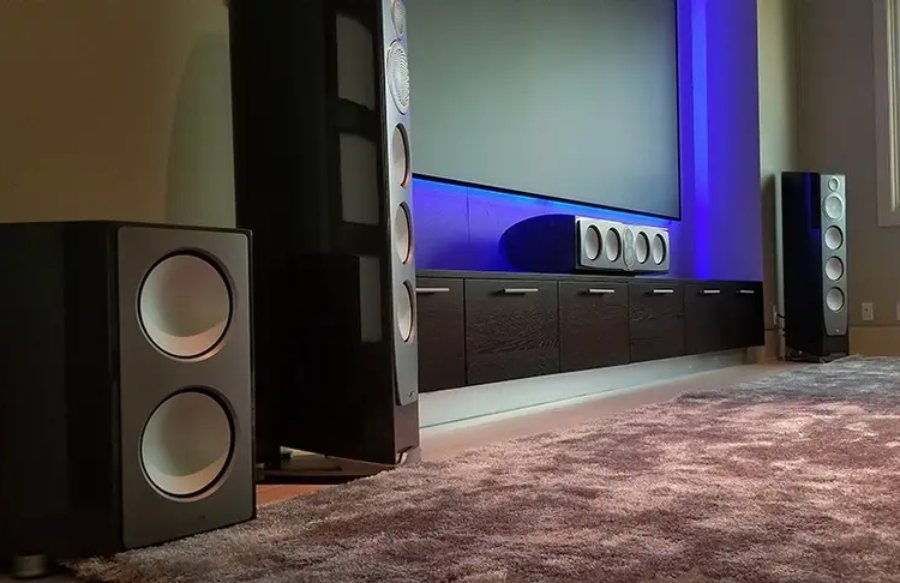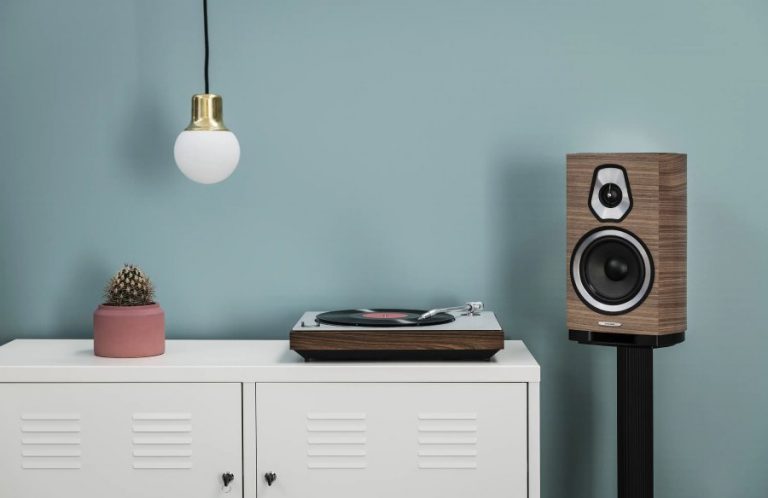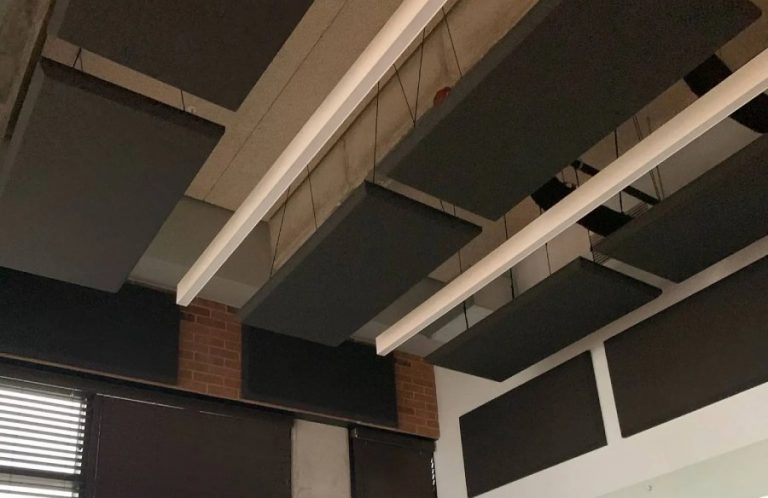deviceflowspace
Smart Home Automation & Installation Setup
Welcome to deviceflowspace.site, your trusted resource for transforming everyday living with powerful smart speaker technology. Whether you’re new to voice-activated systems or expanding your smart home, setting up your Echo is simple when you follow the right steps. This guide will walk you through everything from unboxing to advanced customization, ensuring your smart speaker is ready to assist, entertain, and connect with your smart devices.

Connect to Wi-Fi
Wi-Fi connectivity is essential for your Echo to interact with online services and smart devices.
Connection steps:
Open the companion app.
Sign in or create your device account.
Select Add Device and choose the Echo model you own.
Follow the on-screen instructions to join your Wi-Fi network.
deviceflowspace.site tip: Use a strong, stable Wi-Fi signal. For large homes, consider a mesh Wi-Fi system to prevent dropouts and improve responsiveness.

Customize Your Echo Settings
Once connected, your Echo can be tailored to match your lifestyle.
Customization ideas from deviceflowspace.site:
Set your time zone and location for accurate weather and news updates.
Link your music streaming services.
Enable smart home integrations for lighting, thermostats, and security.
Adjust sound preferences for optimal audio quality.

Link Smart Devices
The real power of your Echo comes from connecting it to compatible smart devices.
Popular integrations:
Smart lights – Control brightness, color, and schedules hands-free.
Smart plugs – Turn traditional appliances on or off with a single voice command.
Smart thermostats – Adjust temperature instantly.
Security cameras – View live feeds on a smart display version of your Echo.
deviceflowspace.site reminder: Group devices by room in the app to make commands natural, such as “Turn on kitchen lights” or “Lower bedroom temperature.”
Unbox and Place Your Echo
Before powering up, choose the right spot for your Echo. Placement matters because it affects how clearly the device hears commands and how effectively it delivers sound.
Best practices from deviceflowspace.site:
Place the Echo in a central area of the room.
Keep it away from walls, corners, and direct sunlight.
Avoid placing near noisy appliances for clearer voice recognition.
Once positioned, plug the Echo into a power outlet. You’ll notice a light ring or indicator that signals the device is starting up.


Install the Companion App
Your Echo requires a companion mobile application to connect it to your Wi-Fi network and manage its settings. Download the official app compatible with your smart speaker model from your phone or tablet’s app store.
Tips from deviceflowspace.site:
Make sure your phone or tablet is connected to the same Wi-Fi network you plan to use with the Echo.
Enable Bluetooth on your mobile device for easier pairing.
Keep your Echo and mobile device close together during setup.
Create Routines
Routines allow your Echo to execute multiple actions with a single phrase.
Routine ideas:
Morning Start – Lights on, coffee maker on, news briefing.
Movie Night – Dim lights, close blinds, start streaming service.
Bedtime – Turn off all lights, lock doors, lower thermostat.
At deviceflowspace.site, we recommend starting with one or two routines, then expanding as you get comfortable with automation.


Explore Entertainment Features
Beyond smart home control, your Echo is a powerful entertainment hub.
What you can do:
Stream music from your favorite platforms.
Listen to podcasts and audiobooks.
Play interactive voice games.
Request real-time sports updates and news briefings.
deviceflowspace.site pro tip: Use multi-room audio settings to sync music across multiple Echo devices for immersive sound.
Use Hands-Free Communication
Your Echo can serve as a hands-free communication tool, making it easy to stay in touch.
Options include:
Voice calls to contacts.
Intercom-style announcements between Echo devices.
Drop-in features for quick conversations.
At deviceflowspace.site, we emphasize privacy—ensure you review your communication settings before enabling these features.


Maintain Privacy and Security
Smart speakers are designed with privacy tools, but it’s wise to manage your settings carefully.
Best practices from deviceflowspace.site:
Mute the microphone when not in use.
Regularly review stored voice recordings.
Keep your device firmware up to date.
Use a strong, unique password for your account.
echo dot setup mode



Troubleshooting Common Issues
If your Echo isn’t responding or loses connection:
Restart the device and your router.
Ensure your Wi-Fi network is functioning properly.
Re-pair the device through the companion app.
Reset to factory settings if issues persist.
For in-depth help, deviceflowspace.site provides setup assistance and troubleshooting guides to keep your smart speaker running flawlessly.
Advanced Features Worth Exploring
Once you’re comfortable with the basics, there’s more to unlock:
Voice profiles – Recognize different household members and personalize responses.
Skills library – Add third-party features for games, productivity, and smart home integrations.
Custom commands – Tailor phrasing for actions you use frequently.
At deviceflowspace.site, we encourage experimenting with these features to fully enjoy your Echo’s capabilities.
Copyright © 2025 | All rights reserved.